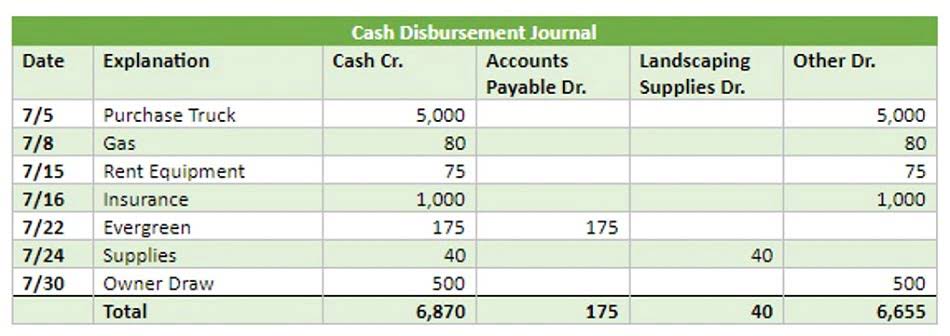
This doesn’t tell business owners and investors how the company’s value is changing. Statement of stockholders’ income summary equity might be scary for small business owners. Once split down, it’s easier to understand as a company’s retained operations. Profit-and-loss accounts and cash flow show how money enters and leaves a business.

Understanding Changes in Shareholders Equity
This value helps investors identify the company’s financial health and determine whether they should continue investing in it, given its performance. Retained earnings are the total accumulated earnings of a company after it has distributed dividends to its shareholders. It is essentially the net income that a company has reinvested back into the company (rather than returned to shareholders). This could be investing in expansion through statement of shareholders equity example the purchase of property, plant and equipment, possibly mergers or to pay its debts. A company that has been consistently profitable will typically have a large retained earnings account. These represent the accumulated company’s profits that are not paid out as dividends to the shareholders and instead allocated back into the business.

Stockholder’s Equity Statement Definition

It can also give the opening balance of the owner’s equity, explanations for increases and decreases during the accounting period, and the closing balance. Treasury stock refers to shares repurchased from the open market and held by the company. These shares are not considered outstanding and do not carry voting rights or dividends.

Cash Flow to Debt Ratio
- This represents the equity attributable to stockholders at the start of the comparative period after the adjustments in respect of changes in accounting policies and correction of prior period errors as explained above.
- It represents the return investors require for investing their equity in the firm.
- As the new IFRS 18 has been adopted, it might bring a bit of turmoil to some accountants who might need to change the structure of their accounts to adjust to the new requirements.
- In fact, there may be some large potential losses that cannot be expressed as a specific amount, but they are critical information for lenders, investors, and others.
- The difference between total assets and total liabilities on the Statement Of Shareholder Equity is commonly measured monthly, quarterly, or annually.
- The result of the sale of an asset for less than its carrying amount; the write-down of assets; the net result of expenses exceeding revenues.
- It reflects the value that belongs to the shareholders or owners of the business.
Analyzing retained earnings provides insights into a company’s growth strategy and financial stability. Dividends reduce retained earnings as they represent a distribution of profits to shareholders. Cash dividends decrease both retained earnings and cash, while stock dividends increase the number of shares and adjust the equity accounts accordingly. Stockholders’ equity, also known as shareholders’ equity, represents the residual interest in the assets of a company after deducting liabilities. It is a key component of a company’s balance sheet and indicates the ownership value held by shareholders. Retained earnings are the cumulative profits that a company has reinvested in its operations rather than distributing as dividends.
- These actions directly impact the stockholders’ equity and require meticulous accounting to maintain transparency and investor confidence.
- Therefore, it is included in a section of a company’s balance sheet and is an issuance of a financial document by businesses to indicate why and how of accounts’ modifications.
- Typically, investors view companies with negative shareholder equity as risky or unsafe investments.
- On the other hand, an investor might feel comfortable buying shares in a relatively weak business as long as the price they pay is sufficiently low relative to its equity.
- For example, consistent growth in retained earnings may indicate a focus on reinvestment and long-term expansion, while increasing dividends suggest a mature company prioritizing shareholder returns.
- The board members can then keep track of how much money is due to be paid to shareholders as dividends.
- Owning equity will also give shareholders the right to vote on corporate actions and elections for the board of directors.

Issuing new shares increases the equity base to fund expansion or reduce debt, while share buybacks reduce the equity base, potentially increasing the value of remaining shares. This dynamic is crucial for investors evaluating the impact of such transactions. Key ratios AI in Accounting and metrics include the debt-to-equity ratio, return on equity (ROE), and book value per share.
- A statement of stockholder’s equity shows the amount at the beginning of the period, changes that occurred during the period, and its amount at the end of the period for each component of equity.
- Gregor explained that while it’s a necessity for all businesses, how it’s used may differ across business types and sizes.
- Based on the following financial information, determine the shareholder’s equity of ABC Ltd as on December 31, 2018.
- It is used by the company to manage its working capital situation, acquire assets, repay debt, and so on.
- A statement of shareholders’ equity details the changes within the equity section of the balance sheet over a designated period of time.